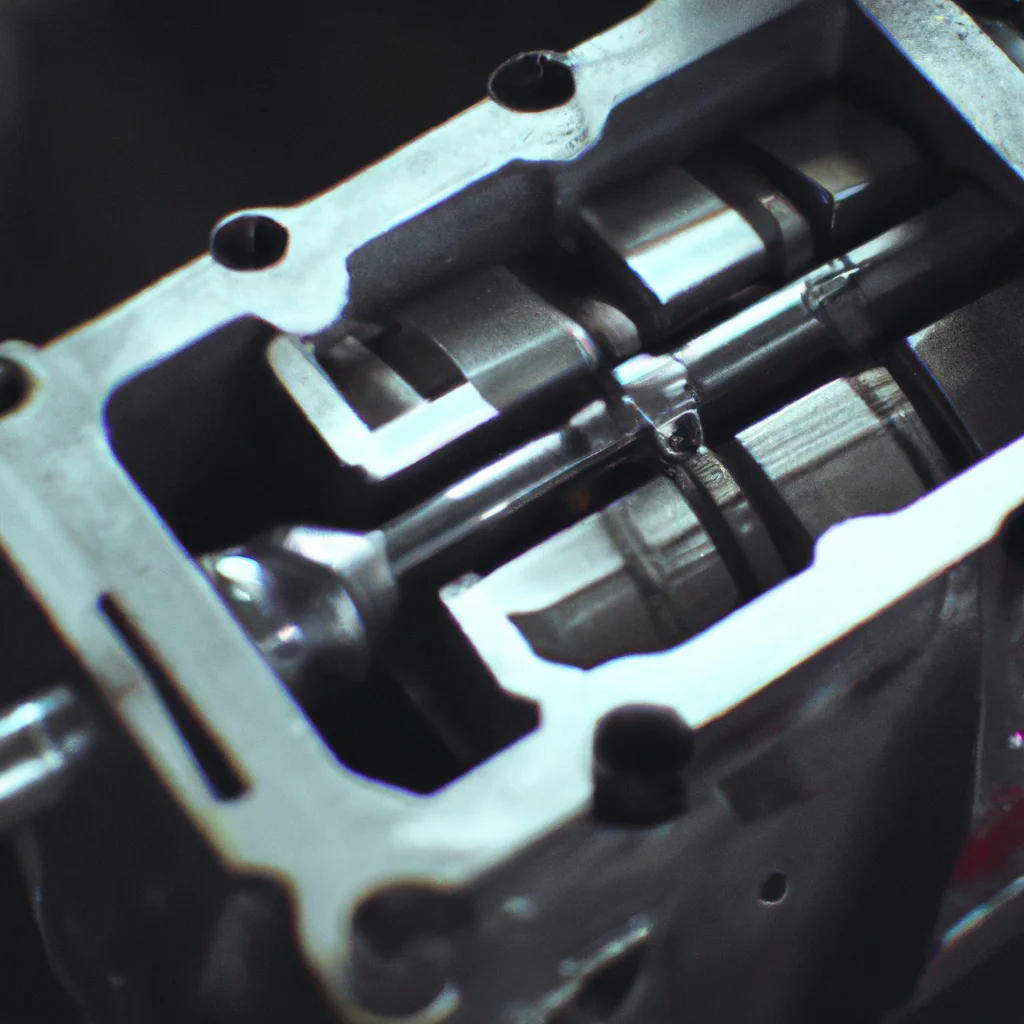How does a car transmission work?


How does a car transmission work?
A car transmission is a vital component of a vehicle that transmits power from the engine to the wheels. It is responsible for controlling the speed and torque of the vehicle. In this article, we will delve into the inner workings of a car transmission, exploring the differences between automatic and manual transmissions, the role of transmission fluid, the gearbox, gear shift, clutch mechanism, torque converter, gear ratio, drivetrain, and how they all work together to make your car move.
Introduction:
When you turn the key in the ignition of your car, the engine starts, and the transmission comes to life. The transmission is responsible for converting the power generated by the engine into rotational force that propels the wheels. It does this by transferring power through a series of gears. Let’s look at how this process works.
Automatic Transmission:
An automatic transmission is a type of transmission that shifts gears automatically, without requiring the driver to manually shift gears. It uses a torque converter to transmit power from the engine to the transmission. The torque converter is a fluid coupling that allows the engine to continue running while the vehicle is at a standstill. The transmission fluid is used to transfer power to the wheels and lubricate the transmission.
Manual Transmission:
In contrast, a manual transmission requires the driver to manually shift gears using a clutch mechanism. The clutch mechanism is used to disengage the engine from the transmission, allowing the driver to shift gears. The gearbox is responsible for changing the gear ratio, which determines the speed and torque of the vehicle. The gear shift is used to select the desired gear ratio.
Transmission Fluid:
Transmission fluid is used to lubricate the transmission and transfer power from the engine to the wheels. It is typically made of a combination of synthetic and mineral oils, as well as additives to improve performance. Transmission fluid should be changed periodically to prevent damage to the transmission.
Gearbox:
The gearbox is the heart of the transmission. It contains a series of gears that can be engaged or disengaged to change the gear ratio. The gear ratio determines the speed and torque of the vehicle. The gearbox is typically located beneath the vehicle, between the engine and the wheels.
Gear Shift:
The gear shift is used to select the desired gear ratio. In a manual transmission, the driver must manually shift gears using the gear shift and clutch mechanism. In an automatic transmission, the gear shift is controlled by the transmission itself.
Clutch Mechanism:
The clutch mechanism is used to disengage the engine from the transmission, allowing the driver to shift gears. It consists of a clutch plate, pressure plate, and release bearing. When the clutch pedal is depressed, the clutch plate is disengaged from the flywheel, allowing the driver to shift gears.
Torque Converter:
The torque converter is a fluid coupling that allows the engine to continue running while the vehicle is at a standstill. It consists of a pump, turbine, and stator. The pump drives fluid through the converter, which drives the turbine. The stator is used to redirect the fluid flow, improving efficiency.
Gear Ratio:
The gear ratio determines the speed and torque of the vehicle. A lower gear ratio provides more torque, while a higher gear ratio provides more speed. The gear ratio is determined by the number of teeth on the gears.
Drivetrain:
The drivetrain is the system responsible for transferring power from the engine to the wheels. It consists of the transmission, driveshaft, differential, and axles. The driveshaft connects the transmission to the differential, which sends power to the axles.
Conclusion:
In conclusion, a car transmission is a complex system that is vital to the operation of a vehicle. It consists of a gearbox, gear shift, clutch mechanism, torque converter, gear ratio, and drivetrain. The transmission fluid is used to lubricate the transmission and transfer power from the engine to the wheels. Whether you have an automatic or manual transmission, understanding how your car transmission works is essential to keeping your vehicle running smoothly.
Recent Posts
How do I create an engaging and informative online quiz or assessment?
Creating an engaging and informative online quiz or assessment can be a powerful tool for… Read More
What are the most effective methods for managing and reducing work-related stress in the hospitality industry?
Work-related stress is a common issue in the hospitality industry, where employees often face long… Read More
How can I improve my assertiveness and communication skills in a leadership position?
In a leadership position, assertiveness and effective communication skills are crucial for success. Being able… Read More
What are the key elements of a successful employee recognition and rewards program?
Employee recognition and rewards programs play a crucial role in motivating and engaging employees, as… Read More
How do I effectively manage and respond to customer feedback and reviews?
Customer feedback and online reviews play a crucial role in shaping a company's reputation and… Read More
What are the best strategies for effective time management as a stay-at-home parent?
Effective time management is crucial for stay-at-home parents who juggle multiple responsibilities on a daily… Read More